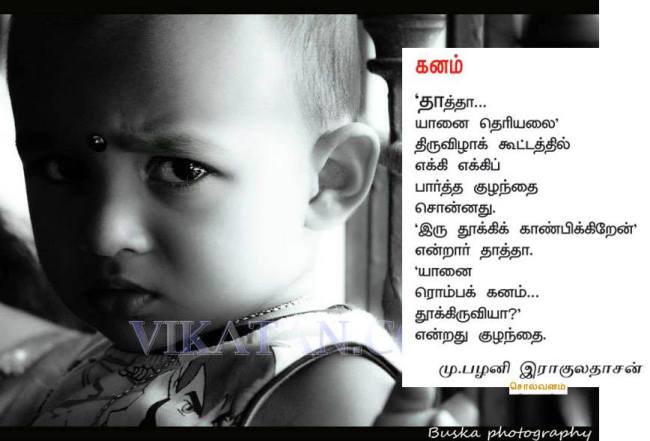One of the important characteristics of a copy editor is eye for details. I would say that perspective is yet another. As copy editors edit as if they were an author – trying to present the author’s intentions clearly – and read like a reader, it becomes important that they understand the perspectives of both the author and the reader.
Here are two examples of excellent perspectives. The first one is from The Hindu‘s headline: Chariots pull in thousands.
The headli ne is a poetic rendition of a car festival. It’s normal for thousands of people to pull the chariot of a temple. However, as car festivals losing their charm nowadays, any such festival pulling in thousands of people has become news. I remember the Thiruvarur Car Festival being celebrated with such fervour. It normally took 3 days for the chariot to go round the broad streets (now they are roads) around the Thiyagesar Temple. Elephants were once used to pull it and people from around the town gather in thousands. Nowadays bulldozers are used and the festival gets over within hours, making it an annual routine.
ne is a poetic rendition of a car festival. It’s normal for thousands of people to pull the chariot of a temple. However, as car festivals losing their charm nowadays, any such festival pulling in thousands of people has become news. I remember the Thiruvarur Car Festival being celebrated with such fervour. It normally took 3 days for the chariot to go round the broad streets (now they are roads) around the Thiyagesar Temple. Elephants were once used to pull it and people from around the town gather in thousands. Nowadays bulldozers are used and the festival gets over within hours, making it an annual routine.
The next one is a poem itself. I came across this poem three times within a span of two days: Once in Solvanam, once through a Facebook share, and once mentioned by Dinamani‘s Kala Rasikan (Sunday edition). This reinforces the fact that a masterpiece need not be advertised. Here is the poem (as available in Vikatan EMagazine).



0 Comments